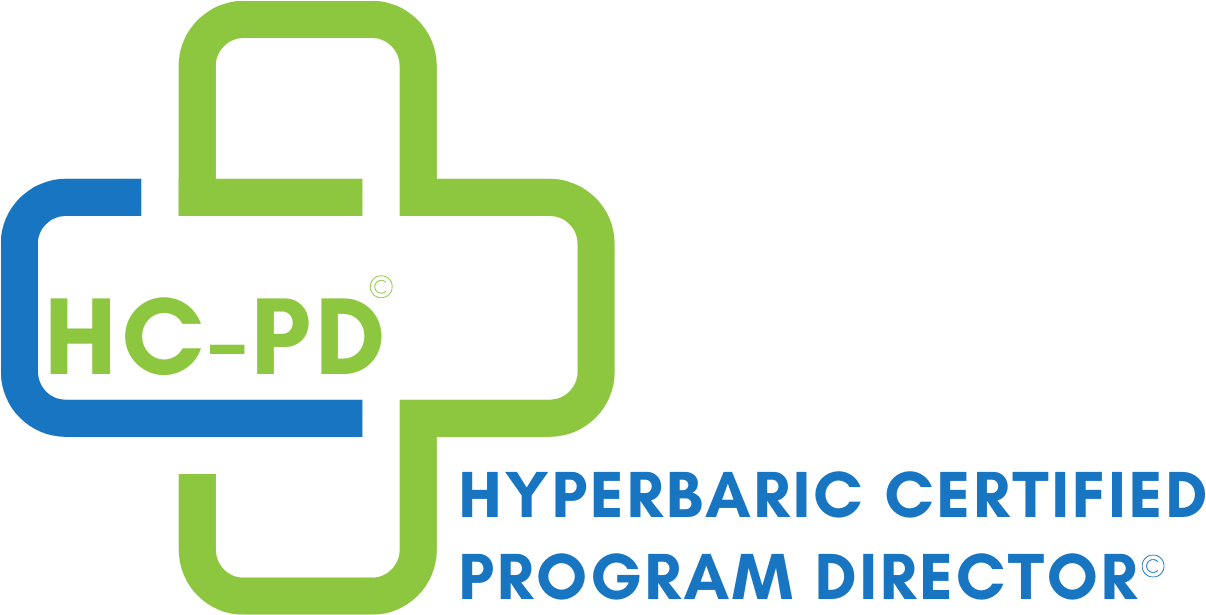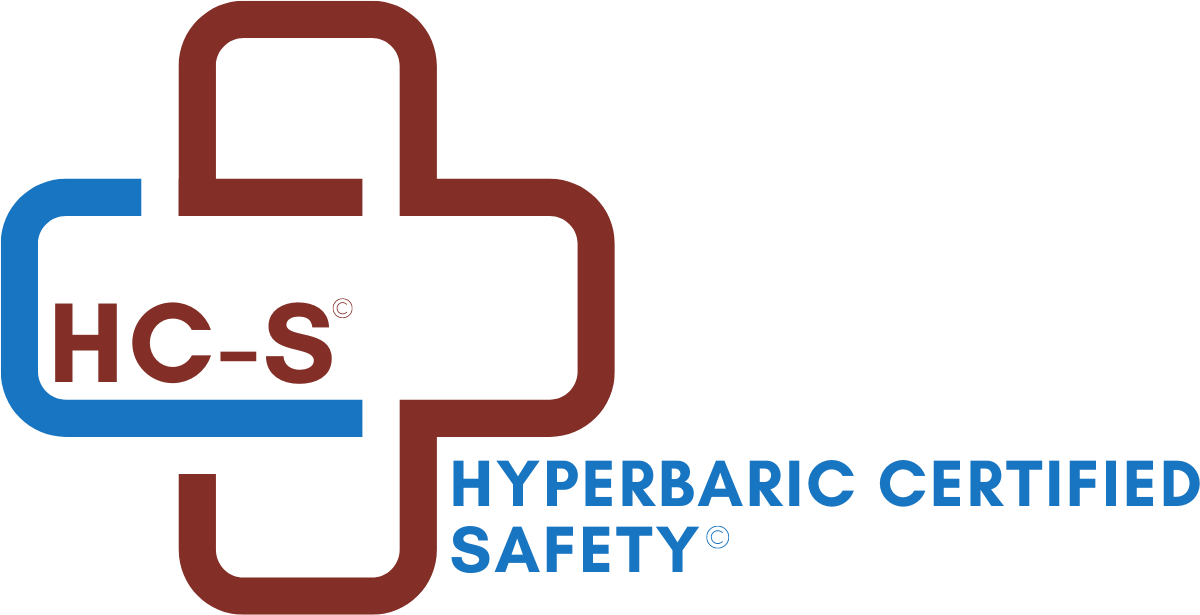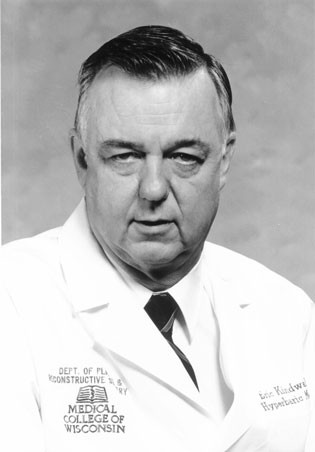We conduct and announce a lot of courses in hyperbaric medicine throughout the year. Each course is a little different, with unique aspects we would like to highlight to help you decide which course might be a good fit for you to attend.
Rx Pad
We get a lot of questions from hospital administrators and clinic directors asking what makes our Introductory Course in Hyperbaric Medicine unique. While there are many benefits to hosting hyperbaric team training through Wound Care Education Partners (WCEP), we have broken out the four most valuable reasons why hosting a live, classroom-based Introductory Course in Hyperbaric Medicine with WCEP may be right for your facility. Watch this short, insightful video to find answers before you book hyperbaric team training with any organization.
Do you worry about not having a big enough patient load at your wound care and hyperbaric medicine clinic? Do you struggle with marketing due to low budget and not enough resources?
Many refer to Dr. Eric Kindwall at the "Father of Hyperbaric Medicine," and his contributions to hyperbaric medicine are legendary. Dr. Kindwall was born on January 17, 1934 and passed away on January 18, 2012. For this reason, we find it fitting to highlight his contributions to the field of hyperbaric medicine during the month of January.
Do you have trouble finding a CME/CEU course that fits your exact needs? Do you find that the topics never quite apply to you, or that the format of the course doesn't fit your schedule and/or budget? Is it difficult finding a course that offers the hours you need, without charging you for extra hours that you don't need?
Today is a special blog post, not our normal format. That said, as you may know, we are co-hosting a 21-Day Diabetes and Wound Care Challenge with Best Publishing Company. Registration for the 21-Day Diabetes and Wound Care Challenge opened on Wednesday and it has been very well received! There is a lot of excitement and enthusiasm among our colleagues! Have you accepted the challenge?
Ideally, an HBO program should have a detailed policy for the diabetic patient and the immediate steps that one should take to elevate the patient’s blood sugar. However, for the patient who has a recurring problem with blood sugars that are less than the recommended pretreatment level, there are several options. One option is to contact the managing physician and explain the need for relaxed glycemic control while receiving hyperbaric therapy.
"Before anything else, preparation is the key to success." - Alexandar Graham Bell
Start planning now to earn your 2015 CME/CNE/CEU credits. Don't know how to start? Below are five questions to help you start the planning process, and watch the short video to get all the details.
We all learn about barotrauma in the Introductory Course in Hyperbaric Medicine. The question we have for you today is whether or not you remember the mechanisms of what causes barotrauma and how to properly pre-screen HBOT patients.


![[Video] Debridement: Learn How, When, and Why](https://woundeducationpartners.com/images/easyblog_images/176/b2ap3_large_Wound-Care-Review-course-updates_ww.jpg)
